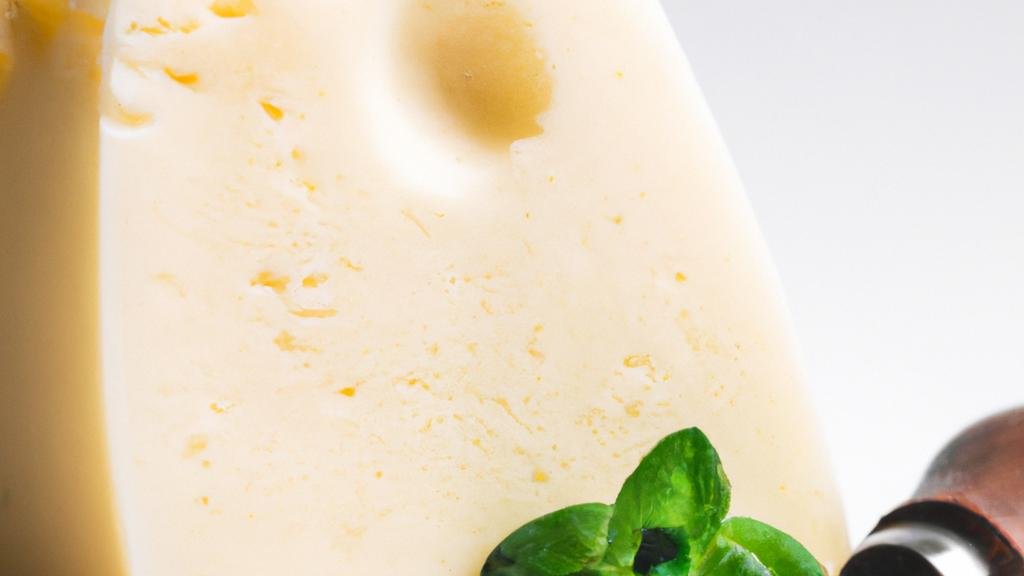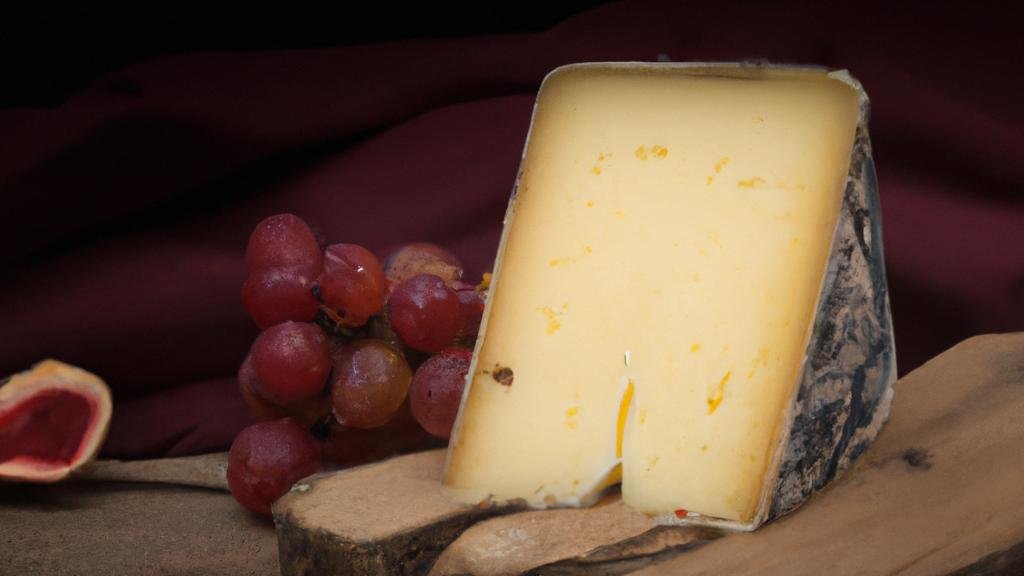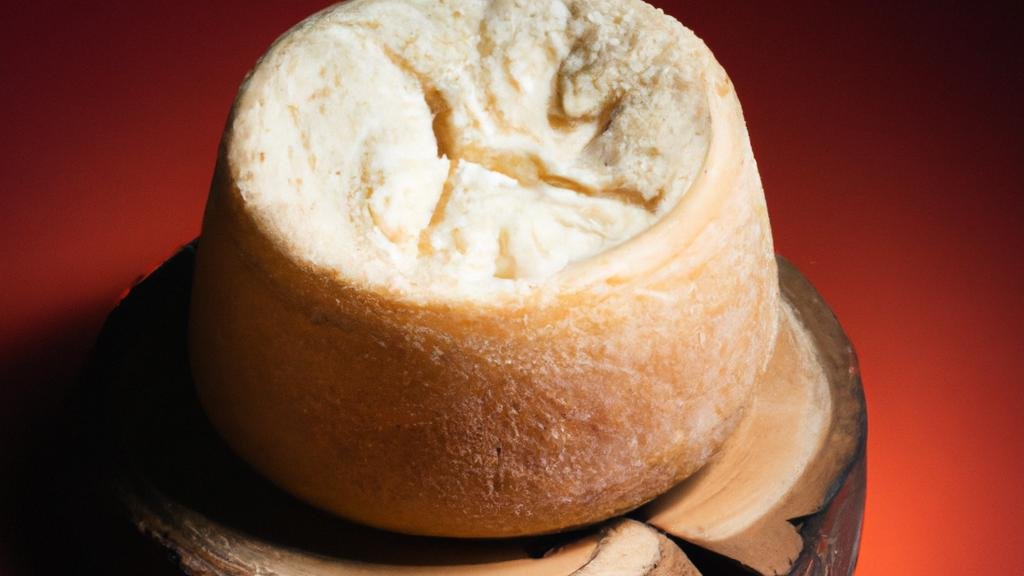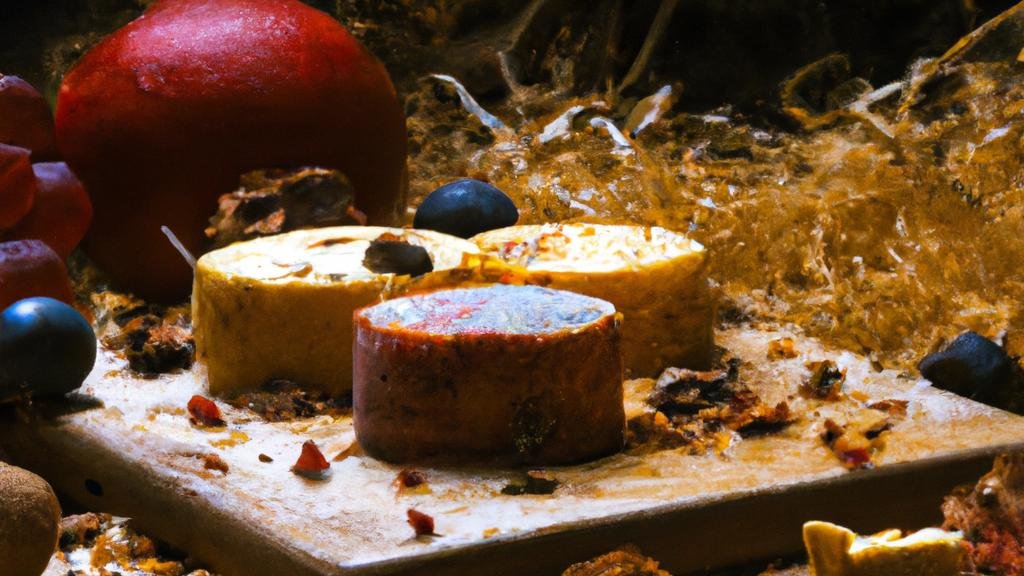Cheese Varieties
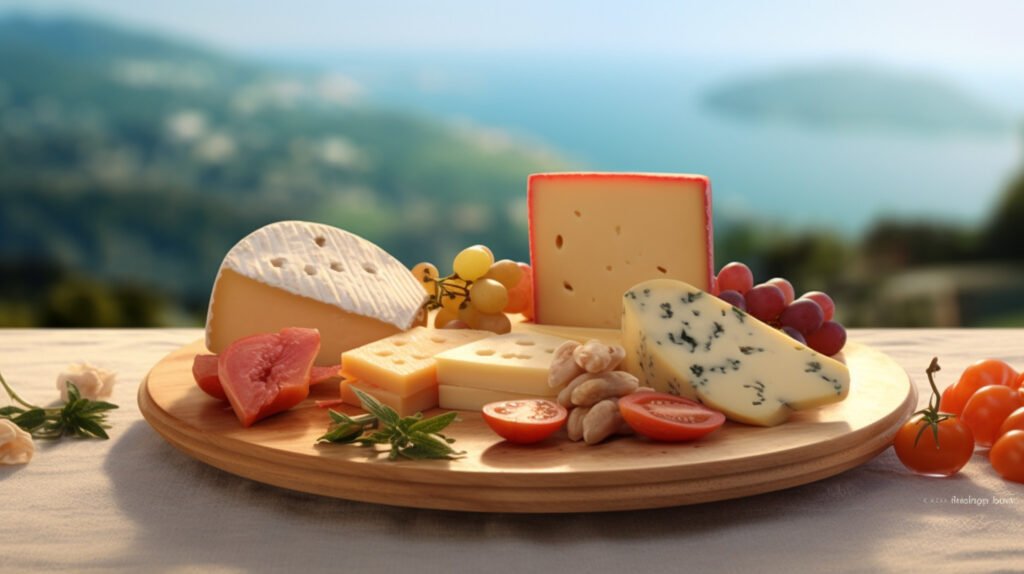
International Cheese Varieties in a Tapestry of Flavors
Cheese, a culinary treasure, varies widely across the globe, each type reflecting the culture and traditions of its region. In France, the heartland of cheese connoisseurship, varieties like the soft, creamy Camembert and the sharp, tangy Roquefort are celebrated for their unique flavors and textures. Camembert’s rich, buttery essence and Roquefort’s blue-veined sharpness are emblematic of France’s deep-rooted cheese-making heritage.
Moving to Italy, the land of diverse textures and flavors, Parmigiano-Reggiano stands out with its hard, granular nature and deep, nutty flavor, making it an ideal grating cheese. In contrast, Mozzarella di Bufala, made from buffalo milk, is cherished for its light, creamy texture, a staple in many traditional Italian dishes.
Spain’s cheese scene is epitomized by Manchego, a firm, buttery sheep’s milk cheese, reflecting the fusion of tradition and bold flavors prevalent in Spanish cuisine. Similarly, Switzerland, known for its Alpine cheese-making traditions, boasts of Gruyère, a hard, yellow cheese revered for its slight sweetness and nuttiness.
In the Netherlands, Gouda’s rich, caramel-like flavor and smooth texture make it a globally beloved semi-hard cheese. This Dutch cheese exemplifies the creaminess and rich flavors preferred in the region.
Asian cheese varieties, though not as widely known, offer their unique contributions. India’s Paneer, a vegetarian staple, is a fresh, unaged cheese with a firm texture and mild flavor, integral to many Indian dishes. Japan, ever the innovator, has created unique cheeses like Sakura Cheese, a soft variety wrapped in a cherry blossom leaf, offering subtle and distinct flavors.
The cheese culture in the Americas varies from the United States’ Monterey Jack, known for its mild flavor and versatility, to Mexico’s Queso Fresco, a fresh, crumbly cheese often sprinkled over traditional Mexican dishes.
The Middle East and Africa, too, contribute unique varieties to the cheese world. The Middle East’s Halloumi, a semi-hard cheese known for its high melting point, is popularly grilled or fried. In Africa, regional varieties like Ethiopia’s Ayibe offer a glimpse into indigenous cheese-making practices.
In exploring these diverse cheese varieties, one traverses a world of culinary traditions and practices. From the creamy, soft textures of French Camembert to the firm, savory bite of Spanish Manchego, each cheese narrates a story of its land, its people, and their history. For culinary enthusiasts and culture vultures alike, these cheeses are not just elements of gastronomy but windows into the diverse tastes and aromas of the world.
